Once a dominant force on daytime television, Sally Jessy Raphael is now facing an unexpected struggle with social media giants, particularly Instagram. Despite her decades of fame and numerous accolades, the former talk show host claims that Instagram has repeatedly refused to verify her account, even after she provided them with proof of her identity. So, what’s going on, and why is a woman with such a rich legacy being denied something as simple as a blue checkmark?
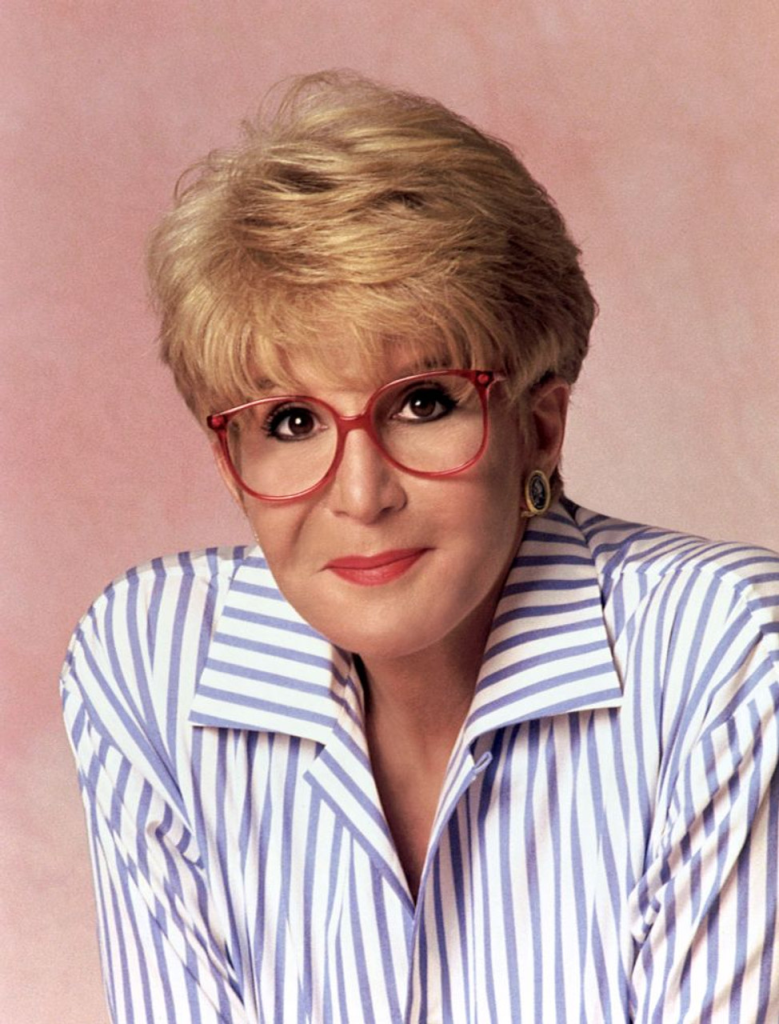
Who is Sally Jessy Raphael?
Sally Jessy Raphael, born as Sally Lowenthal on November 4, 1935, is a name that many will forever associate with bold, tabloid-style talk shows. Starting her iconic career with The Sally Jessy Raphael Show in 1983, she went on to host the popular daytime series until 2002. Raphael’s ability to connect with her audience and guests made her a household name, especially during the 1980s and 1990s. She pioneered audience-participation-based television talk shows, paving the way for other influential hosts like Oprah Winfrey.
Known for her bright red glasses and her no-nonsense interviewing style, Sally was an unforgettable presence in the world of TV. She interviewed a variety of celebrities and real-life personalities, but one interview that stands out for her was with Audrey Hepburn, whom she described as “everything I admired.” Her show became a cornerstone of daytime TV and helped establish her as one of the most prominent female figures in television at the time.
Video: Sally Jessy Raphael Show: Transsexual Updates (1995)
The Blue Checkmark Drama: What’s Happening with Instagram?
Now 89 years old, Sally Jessy Raphael remains a respected figure in television, but it appears that social media recognition isn’t coming as easily as expected. Despite being an established TV icon, Sally took to Instagram to share her frustration with her followers about her difficulty in getting her account verified.
In an Instagram post, she claimed, “So, Instagram doesn’t want to give me my blue check – no matter what proof I send them,” alongside a photo of a gigantic blue checkmark. Her post continued, “AND there’s a fake account called ‘realsallyjr’, and that’s NOT ME! Help me let Instagram know, so we can fix this.” The post has since garnered attention, with many of her fans expressing disbelief over how a star of her caliber could be facing such an issue.
The Battle to Verify: What Does the Blue Check Really Mean?
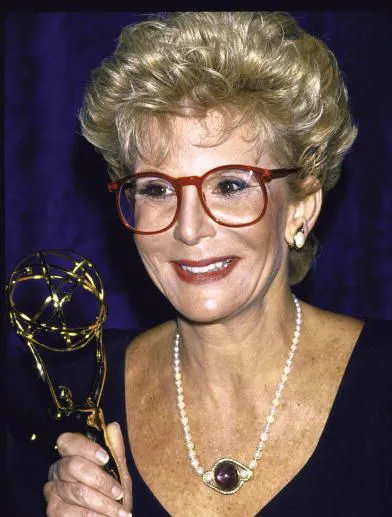
The blue checkmark on Instagram signifies that an account is verified as authentic, ensuring followers that the person or entity behind the account is who they claim to be. It’s a simple yet essential tool for avoiding impersonation and maintaining credibility online. For celebrities and public figures, this verification has become almost as important as their public appearances.
However, the process of obtaining this verification has been notorious for being selective and, at times, inconsistent. Many users, especially established public figures, have voiced their frustrations about the arduous process or their outright denial despite providing proper proof of identity. This is a critical issue for people like Sally Jessy Raphael, whose public persona is integral to her continued visibility and career.
Sally’s Legacy and the Struggle for Recognition
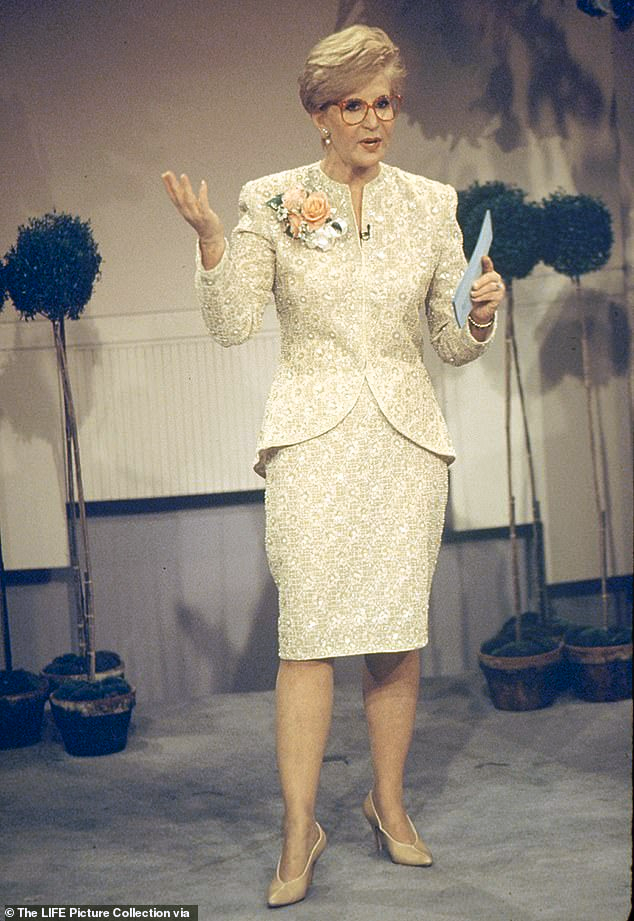
While Sally’s Instagram numbers may not match the vast followings of other talk show hosts, her influence and legacy are undeniable. With less than 650 followers at the time of her complaint, the former host isn’t vying for popularity but for the recognition she deserves as an entertainment icon.
Her fans, however, have rallied behind her. One Instagram user commented, “The Icon, the Legend of daytime TV, Ms. Sally Jessy Raphael needs her Blue Check Mark.” Another user added, “That’s pretty crazy that someone as famous as you are is having trouble with being recognized.” Others chimed in, suggesting that her fans should flood her feed with blue hearts in place of the elusive blue check.
The issue is about more than just vanity; it’s about ensuring that iconic figures like Sally Jessy Raphael are not overlooked by social media platforms. While the social media world has changed dramatically since Sally’s heyday on television, it’s hard to ignore the significance of having that coveted verification.
Sally’s Impact on Daytime TV and Beyond
Video: She’s Not My Grandmother, She’s My Lover! 😏 Sally Jessy Raphael Full Episode
Sally Jessy Raphael’s influence extends far beyond her TV show. As one of the first women to host a talk show in the syndicated television space, she created an opening for future female talk show hosts, including Oprah Winfrey, whose show premiered three years after Sally’s. Her show introduced elements of audience participation, which became a staple for many talk shows that followed.
Her guest list featured countless celebrities, but one interview that stands out was with Audrey Hepburn, who Sally admired deeply. “Everything she did, I admired. Everything she had done in her life I found to be exemplary,” she said in a past interview. Hepburn was just one of the many legendary names that appeared on her show, which kept viewers coming back season after season.
Sally’s Iconic Red Glasses: A Trademark Look
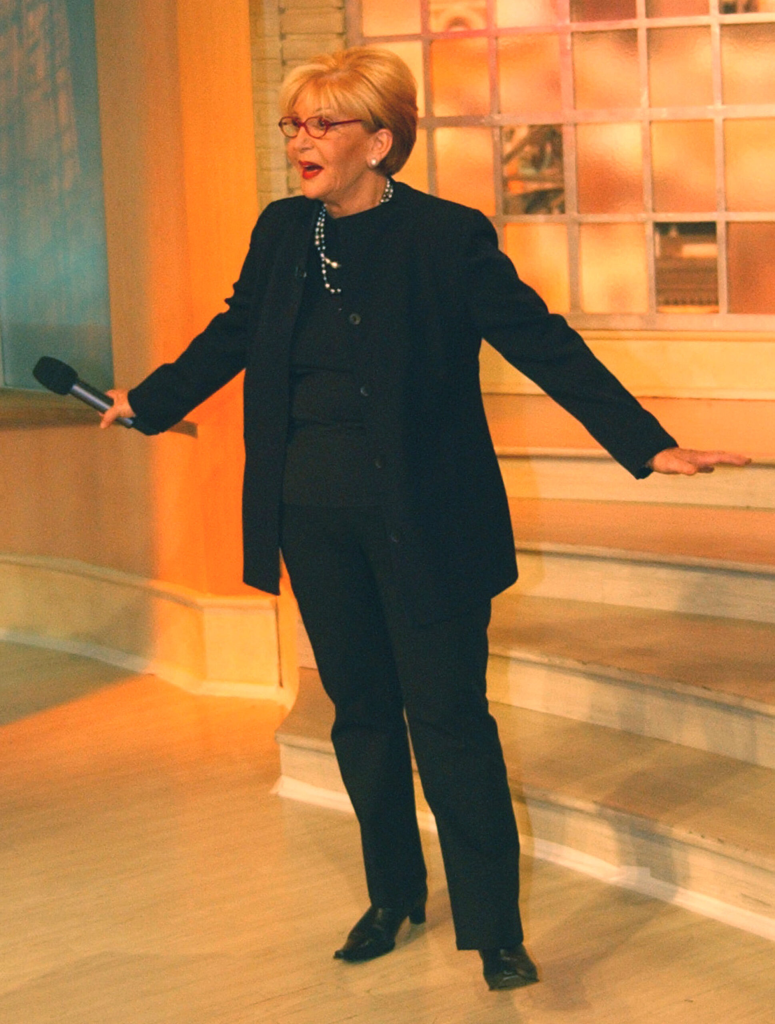
Aside from her interviewing style and engaging personality, Sally Jessy Raphael is also remembered for her trademark red glasses. A defining feature of her on-screen look, Sally’s decision to wear bold, red glasses wasn’t just a fashion choice—it was a statement.
When the show’s producers initially balked at the idea, Sally had to fight for her iconic red glasses to be featured on screen. As she put it, “I had to fight to have the glasses. Producers tried to change them. Those shadowy figures objected to everything.” Her glasses became as much of an iconic symbol as her no-nonsense approach to interviews. Over the years, Sally accumulated more than 200 pairs of red glasses, further cementing her unique identity.
The Personal Side of Sally Jessy Raphael
Beyond her career, Sally Jessy Raphael is known for her warm, approachable nature and her close-knit family life. She married actor and writer Michael A. Ross in 1982, and together, they raised two daughters. Sally has always valued her family life and often spoke about balancing her demanding career with her role as a wife and mother.
Despite her success and fame, Sally was never far from the real world, continuously engaging with her fans and nurturing her family bonds. This relatable, down-to-earth side of her is what endeared her to millions of viewers during her long-running TV career.
Conclusion: A Legacy That Deserves Recognition
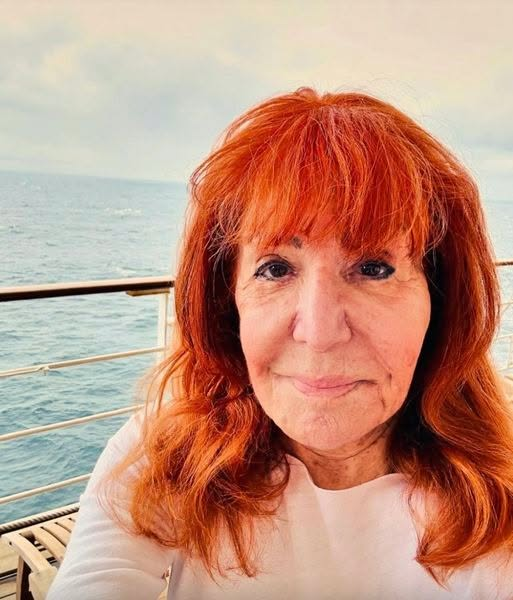
Sally Jessy Raphael’s frustration with Instagram’s refusal to verify her account is an issue that shines a light on how the entertainment world has changed and how the digital age has altered the way icons like her are recognized. Despite her struggles with social media verification, Sally’s legacy remains unshaken.
She is a legend in the world of daytime television, a pioneer for women in talk shows, and a symbol of authenticity. Whether she has a blue checkmark on Instagram or not, her place in television history is secure, and her fans will continue to celebrate her contributions to the industry. Sally Jessy Raphael is, and will always be, a true icon.


